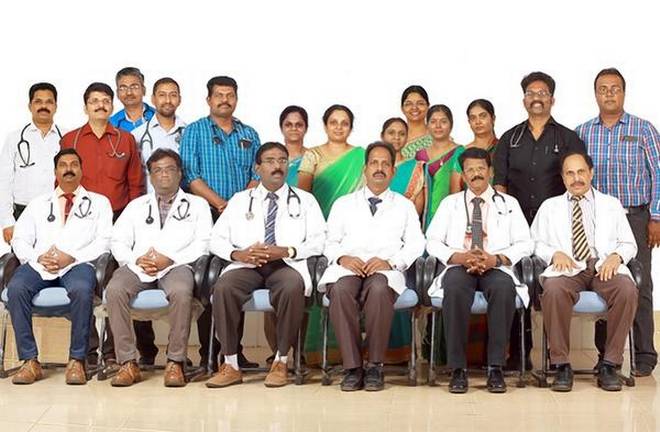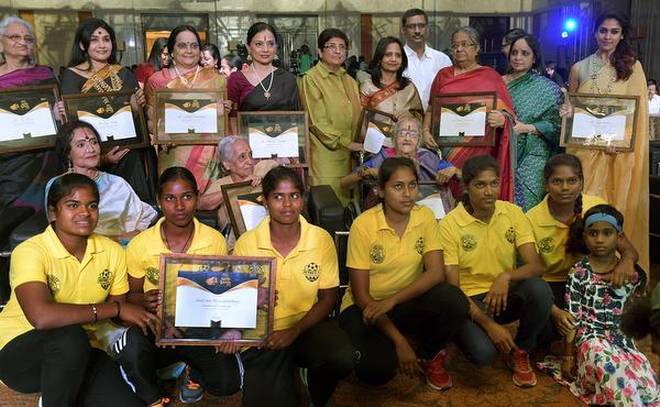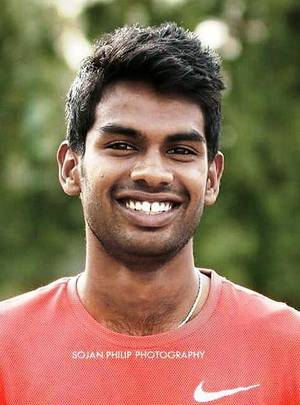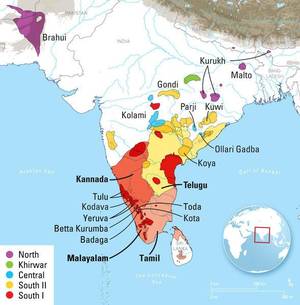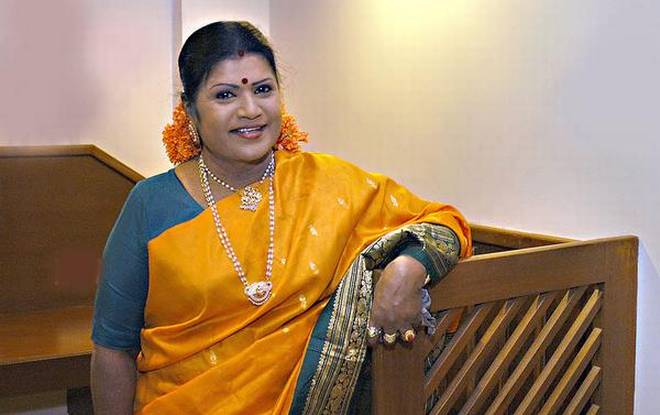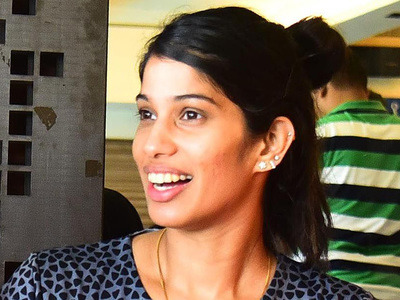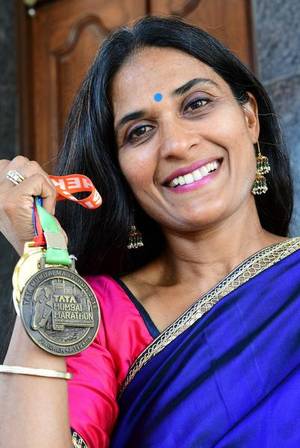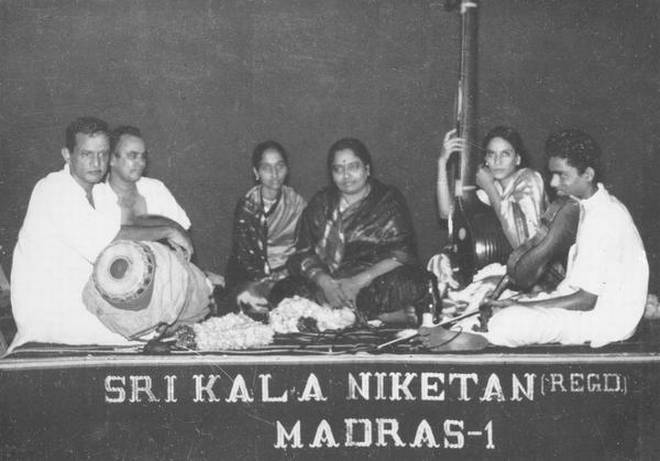How often do we get to celebrate the centenary of a musician who still shines as a singular phenomenon in the world of classical music? Rarer if that musician left deep imprint on all spheres of art and life and went around with an innocent smile and feet well grounded! D. K. Pattammal’s centenary gives us an opportunity to revisit traditional values, ethics and unflinching classicism. Her 99th birthday concludes and 100th begins on March 19. A function to mark this has been arranged at Narada Gana Sabha, Chennai, tomorrow, March 17. Among others, the Vice-President of India and the Governor of Tamil Nadu are expected to participate.
As T. S. Parthasarathy said, “Pattammal’s greatness in the field is neither an accident nor a fortuitous coincidence. Prodigious effort, supported by a whole set of gifts bestowed on her by God and combined with a mighty stream of musical and artistic elements, have gone into the making of her art. Wonderfully assimilating and adapting, she pressed them into service to fashion her unique style. The results are an incomparable melodic richness, clarity and assurance that have few equals in the realm of Indian music even today.”
How can one ever imagine today, a Brahmin woman opting for a singing career a hundred years ago, defying the restrictions imposed by the community? Rukmini Devi Arundale had already cut the Gordian knot to become the first Brahmin woman to enter the Bharatanatyam field as a dancer. Still, it was with misgivings that Pattammal’s father agreed to her music being recorded by the gramophone company, when she was just thirteen. Then began the journey of tussles and challenge and today, thanks to her fortitude and forbearance, millions of woman singers and instrumentalists stand out not only in classical but cine field too, where she set a new path.
Music Academy invited her to sing when she was seventeen and she sang there uninterrupted for over 50 years and the last many years without receiving any as remuneration. Pattammal, was already a national icon by then, with record makers and film music producers, AIR and music organisations employing her versatility. Thanks to her husband R. Iswaran, who let go his well-paid Government job just to administer her career, Pattammal emerged as the first full-time professional woman musician of India. Not just being the first, but being on par, if not better than her male counterparts in all facets of music, especially in singing Ragam, Thanam and Pallavi.
Appeals to all
Her sonorous voice, uncanny musical acumen and complete dedication were well channelled, with the help of her gurus, in producing music that would satisfy the highbrow critic and provide joy to the lay rasika. There was no tentative attempt at perfection and every new exercise was an effort to better the best. Ananth Vaidhyanathan, noted voice specialist, once mentioned to this writer that only two musicians in this country had voice culturing woven into their music and hence sang with ease and firmness through their long career — Kishori Amonkar in the North and D. K. Pattammal in the South. Pattammal’s rendition of ‘Sri Jalandharam Ashrayayamyaham’ with breathless chittaswaras, a few months after she turned 79, can leave a musician of any generation gasping.
Pattammal was strongly attracted by the music of Ariyakkudi Ramanuja Iyengar. Ariyakkudi in turn regarded her as worthy counterpart among women.
Pattammal’s own style in many ways smacked of Ariyakkudi in its solidity and right mix of madhyama and vilamba kalam. Semmangudi Srinivasa Iyer had no hesitation in openly proclaiming that what Ariyakkudi was to male singers, Pattammal was to women. It looks like only a handful of musicians in the last century won the acceptance of their seniors, peers and juniors, very rare for a musician however intelligent or popular. Amongst them were the invincible Tiger Varadhachariar and later D.K. Pattammal.
Now, what marked her music?
— Uncompromising adherence to tradition
— Dedication to the art, with no eye on returns or glamour.
— Judicious selection of what to offer in her concerts, with dignity and spark and
— A rare sense of depth and bhavam communicated with ease and without sentimentality.
Thinking musician
Every composition she took up was studied in its structure, analysed in its scope and finally patterned into her own style as its most defined version. That is why whatever she sang still stands as a guiding light.
Think of a young Pattammal, who with the full support of her father Krishnaswamy Dikshitar, sang patriotic songs to hundreds and thousands braving the oppressive British Raj. The songs had strong words. She didn’t fear arrest. Luckily, she escaped it! She considered singing Bharatiar’s ‘Aaduvome’ over AIR at the stroke of midnight on August 15, 1947, as a cherished occasion in her life.
As many as 55 film hits from ‘Tyaga Bhoomi’ to ‘Hey Ram,’ several patriotic songs, a classical repertoire that ranged from Tamil hymns to Bhajans of composers including her contemporaries such as Spencer Venugopal and Thanjavur Sankar Iyer — all these make Pattammal the musician beyond compare, of modern India.
Pattammal was no liberal as we comprehend the word today. Freedom, to her, meant being obedient to lofty traditional values and obedience was not a bad word! Independence, to her, meant non-interference in upholding dignity. With this faith and belief, she singularly brought about women’s liberation without ever mentioning that word.
Honours and awards came to her unsought. Even while being a busy performer, she continued to be a successful teacher and even trained a Chinese, Chong Chiu Sen, to be a Carnatic performer. But she remained a student and a typical Indian housewife, taking care of her husband, children, grandchildren and great grandchildren. Her extended family included several students of all ages.
The entire 90 years of her life and music teaches us just one mantra — Simplicity.
source: http://www.thehindu.com / The Hindu / Home> Entertainment> Music / by N Vijay Siva / March 15th, 2018
